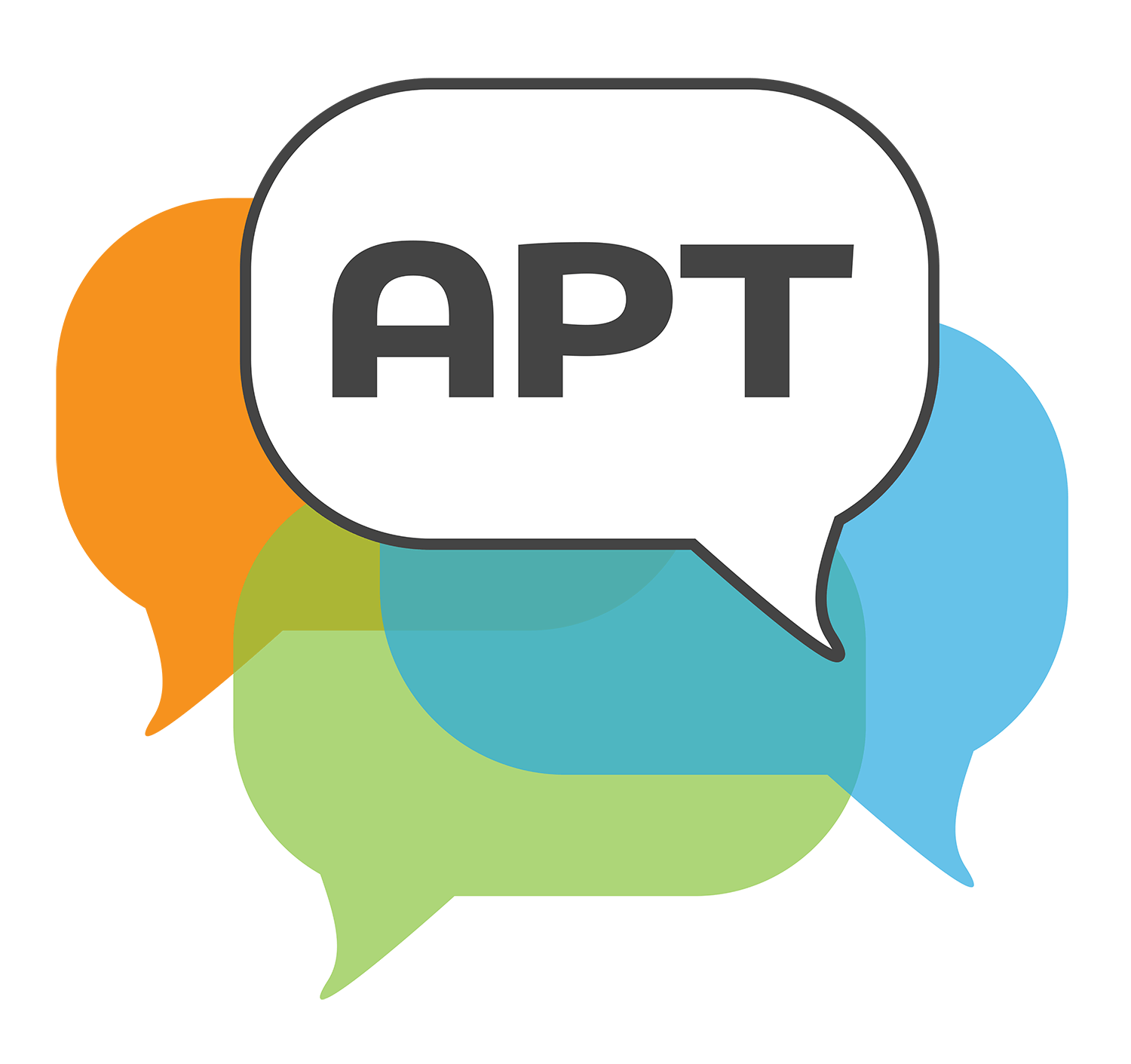Getting Started
Community Agreements and Norms
If your students are new to discussion, they will likely require a significant change in their understanding of what is expected of them. You want your students to know that what is valued is their thinking, not just the right answer. But turning more of the classroom talk over to students’ ideas and explanations can bring risks: some students may dominate the discussion, make fun of another student’s contribution, or exhibit an attitude that discourages others from participating. It’s essential to prevent these outcomes by establishing common expectations and shared commitments—what we call
community agreements.
Having students play a major role in establishing community agreements is a helpful early step for two reasons:
- It signals that you are interested in their thinking,
- and it gives students ownership over the agreements that they will be expected to honor.
The agreements will need to go beyond:
speak one at a time; be polite and respectful; give your best effort, as these common norms will not be sufficient to ensure all students feel safe and welcome, and have equal opportunity to participate.
You will need agreements that promote talk as an academic pursuit!
Below are our suggestions:
CORE IDEA 1 • TALK THAT IS FOCUSED ON REASONING
In classrooms where APT is common, students will frequently be asked why they made a particular claim or how they came up with a particular answer. Early on, many students interpret such questions as signals that they have given a wrong answer. So it takes intentional work to set up a classroom culture in which students assume talk is about reasoning, and contributions are a welcome opportunity for exploration, not for judging a student’s answer as right or wrong.
Teach that ideas are as valuable as answers.
To start, you might have a talk with your students in which you explain your expectations for reasoning during classroom discussions, and the value of ideas. Let them know that even when we are wrong about something or have an idea that we change our mind about later, we learn. And sometimes mistakes are the very best way to learn. You may even want to invite students to contribute examples of when they learned an important lesson by doing something the wrong way, or ask how many students have changed their minds to assign value to the development of one’s thinking rather than to the right answer.
Wrong answers provide these Algebra II students with helpful information to move forward in finding the correct equation.
Over the course of the discussion, these students have gained new information about what makes a seed alive and changed their mind from their initial statement.
Orient student to the use of talk moves.
You might tell students the kinds of talk moves you may use. For example, you might say to them, “So if you are telling us what you think about something, I might ask you, ‘Why do you think that?’” You might even try it out and ask them how it makes them feel. Do they feel like you are telling them they are wrong? This gives you a chance to explain why this is a useful and positive kind of interaction—not a sign that they are wrong. You can explain why it’s important to explain why they think the way they do.
You might say, “If I don’t understand what you said, I might say, ‘Can you say more about that?’” Explain that there is nothing wrong with not understanding someone the first time they say something. It happens all the time! And they are welcome to ask these same questions of their classmates and to ask you! Help them practice how they might ask for clarification or ask for more information. Many students are not used to doing this, and explicit talk about it can help.
It can help to talk about why you will be asking them to say more or to rephrase what someone else has said. (e.g., “Sometimes, if you say something interesting and useful, I might ask other students if they can put it into their own words. This will help us make sure that everyone heard it and understood it.”) Talk about the benefits for their own learning and understanding. Ask them if they can think of benefits for the talk moves you are introducing. Remind them that other students can learn from what they say. In these discussions, you are building a culture of reasoning that will motivate your students.
In this clip of a 5th grade classroom, a student rephrases in their own words the methods for calculating volume shared by their peers.
CORE IDEA 2 • TALK THAT IS RESPECTFUL
As students are learning about and discussing new ideas and material, they will use everyday, informal language. That is fine. But they may also slip into joking, aggressive or disrespectful language as they talk informally. This is not okay: if other students fear that their contributions will be mocked, even in subtle ways, they will not participate. You will need community agreements that can be revisited any time students slip into disrespectful interactions. Importantly, when the agreements are reinforced early in the year (by you or other students), the issue does not reemerge.
Anticipate what might prevent participation.
When establishing agreements, have a discussion with your students in which you ask them to think about what might keep a student from participating in a discussion. Explore with them the ways that people can feel put down or negatively challenged when they express an idea. They may or may not feel comfortable talking about what bothers
them, so you can put it in terms of
what others might feel.
What are some things that other people might be bothered by? How can we avoid those? And what do we do if someone says something disrespectful?
Anticipate disagreement.
Help students anticipate disagreement. Explain that, when we talk about complex issues, people often disagree. And disagreements can be a source of conflict, even when we are simply talking about our reasoning about a math problem, let alone a more contentious issue.
Explore with them ways that people can feel positively engaged, even when they disagree. Ask them to help you come up with rules that you can all agree to that will keep the talk respectful, productive, and welcoming.
Minimize potentially inflammatory language.
It is often helpful to brainstorm ways that class members can actively disagree without using inflammatory language. One teacher told us that her 4th grade students found the phrase “I disagree with Kayla” to feel negative and even upsetting. So they came up with the phrase “I respectfully challenge what Kayla said” as an alternative. This enabled them to continue talking about academic content in an engaged way without triggering conflict. You may be able to come up with ways that work for your students, working with them to find the language that suits them.
In this clip about the RMS Titanic, students recognize they understand the claims made by their peers and offer their own claim with supporting evidence. By recognizing their peers' comments before sharing their own, it allows them to advance their understanding of the content without triggering conflict.
CORE IDEA 3 • TALK THAT SUPPORTS EQUITABLE PARTICIPATION
Every classroom has at least a few students who like to respond to teacher questions and feel entitled to do so most of the time. It can be tempting to rely on these students: they want to respond to your questions! Often, however, students from marginalized communities do not feel as comfortable offering their views or reasoning. While not every student has to talk during every discussion, it should be clear to students that you welcome and expect participation from everyone.
Encourage students to hold each other accountable for equitable participation.
As students work on the community agreements, ask them about ways to make sure that everyone feels welcome in the conversation. Let them own the problem of some students dominating, and come up with ideas for how to make sure everyone has a chance to participate. Prompt them to think about the challenge for students who are usually quiet. What agreements would ensure that everyone participates? In some circumstances, it may be helpful for the teacher to actively make time for those who are hesitant to talk.
In this clip from an 8th grade classroom, the teacher gives a warning that they are wrapping up the discussion and asks those who have not spoken yet to do so. Alicia’s peers have noticed her body language and interpreted that she has something to say but is hesitant to do so, they take it upon themselves to directly prompt her to contribute to the discussion.
This high school classroom utilizes a random selection method to hold all students accountable for understanding and explaining the content if they are selected.
Ask students what is lost if their peers do not participate.
You may want to ask what’s lost if some students do not participate. Rather than just considering whether students who don’t participate are themselves losing, it’s important that students recognize that everyone else loses if they do not have the benefit of a quiet student’s thoughts and ideas.
Community agreements about student reasoning can also help with equitable participation. If students see that productive talk is not about getting the right answer or guessing what the teacher is thinking, you will be building a classroom where all answers are viewed as potentially productive. As your discussions shift from “getting the right answer” to “thinking more deeply about the question,” more students will see a place for themselves as participants.
Develop routines that encourage students to speak loudly enough to be heard.
Since many students speak softly, you may need to suggest an agreement that all students speak loudly enough that others can hear, and that any student who cannot hear take responsibility for letting this be known. If students can’t hear each other, teachers often repeat what a student said, interrupting the student to student interaction. Ensuring that students speak loud enough for others to hear is in the community agreements may help older students self-monitor. For younger students, you may make quicker progress on this if you establish a routine of asking a student who is far from the speaker whether they heard, and if not, asking the student to repeat the statement in a louder voice.
In this clip, first graders practice what to do if they cannot hear or understand their peers.
CORE IDEA 4 • COMMUNITY AGREEMENTS AS A FOUNDATIONAL ELEMENT OF CLASSROOM CULTURE
Community agreements are only effective if they are fully integrated into the culture of the classroom. It is essential that students understand your expectation that they will abide by the agreements during discussions. Don’t let the agreements fall by the wayside! When they make the agreements their own, students are remarkably capable of taking responsibility for their own learning.
In time, allow students to take the lead while implementing community agreements.
Allow regular opportunities for students to practice implementing community agreements in either small or whole group settings. These videos from elementary and secondary level demonstrate students leading discussion without teacher intervention that is focused on reasoning, respectful, and that invites participation of their peers.
In this Algebra II classroom, community agreements have become an integral part of the environment and students are able to run discussions on their own. Notice that the teacher is sitting off to the side at his own desk as a way to signal that students are running this discussion.
Community agreements show up for this pair of students as they negotiate how they will work together to sort words.
Develop community agreements over time and revisit them regularly.
You may want to spread the process of developing community agreements out over a few days or weeks. It may be helpful to revisit these agreements early on, either before or after a discussion (or both), to help students internalize them. And as they become more familiar with discussion, they (or you) may have agreements to add to the list.
In this first grade classroom, the teacher reinforces previously agreed upon norms by reviewing them before a discussion and asking students to reflect upon them afterwards.
Identifying and reflecting upon community agreements and norms can also take place in the form of a participation quiz. In this Algebra II classroom, the teacher lets the class know that along with their regular mathematics assignment, the day’s lesson will also include a participation quiz. Prior to the start of their group work, he goes over what he wants them to focus on in terms of how they work together. At the end of class, the teacher goes over what he saw and heard in groups that made their group work particularly effective.


